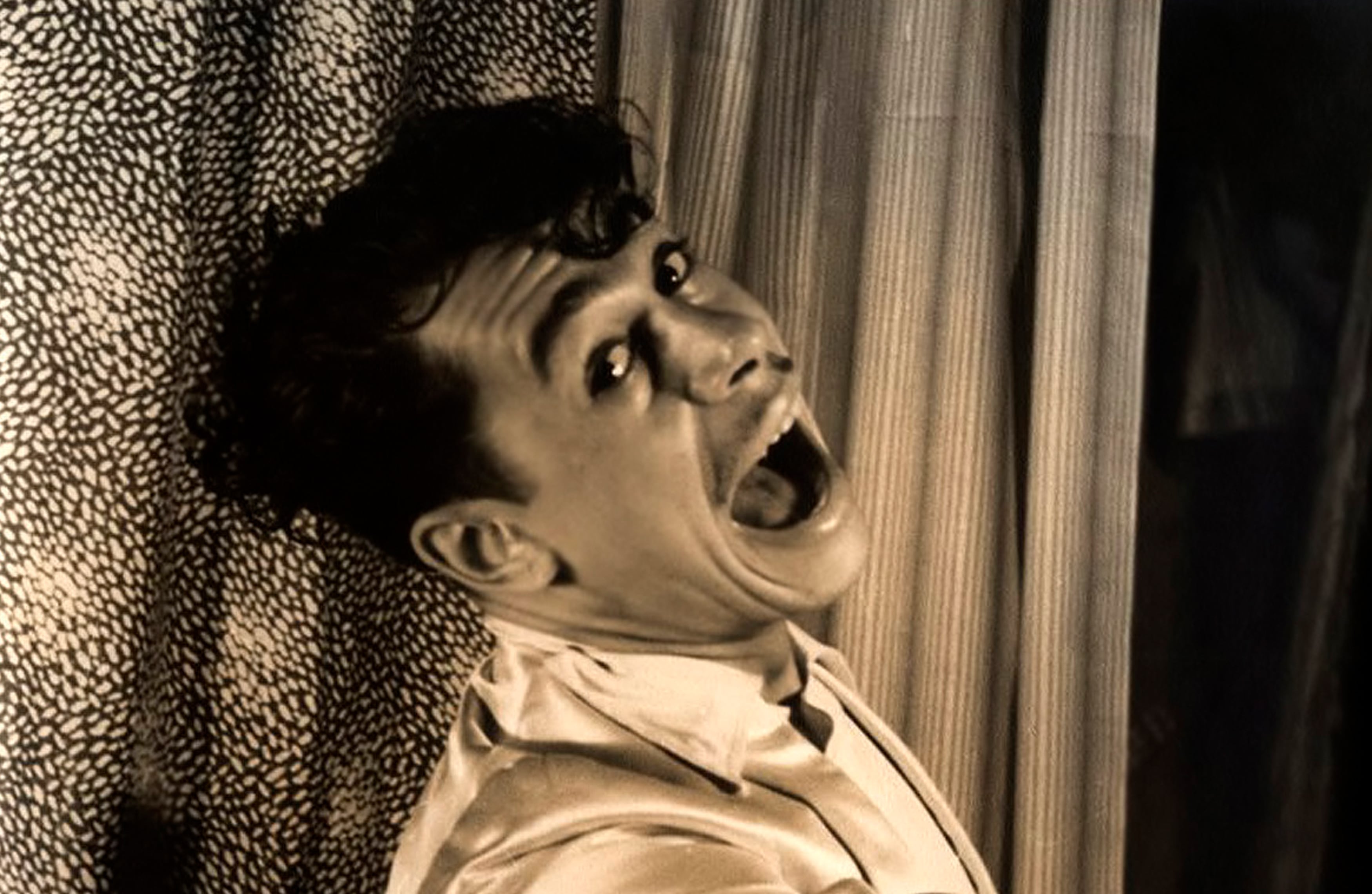Cab Calloway

About
Biography
Filmography
Family & Companions
Biography
Nicknamed The Hi-De-Ho Man, Cab Calloway was arguably the most flamboyant showman to emerge from the American swing era. An instrumental figure on the Harlem jazz scene during the end of Prohibition, he not only helped to popularize the jive with his million-selling hit "Minnie The Moocher" and energetic scat singing style, but he was also an accomplished band leader who gave a whole crop of future legendary musicians, including a young Dizzy Gillespie, their big break during his stint in one of the greatest ever big bands. Famously immortalized in a series of cartoons and caricatures, Calloway later showcased his many talents in Hollywood and on Broadway, and remained an active entertainer well into his eighties.
Born on Christmas Day in Rochester, NY, in 1907, Calloway later moved with his lawyer father, teacher mother and siblings to what was considered the political, cultural and business hub of black society, West Baltimore's Sugar Hill. Despite his parents' disapproval, he began performing in jazz clubs while still in high school, where he was mentored by the likes of drummer Chick Webb and pianist Johnny Jones and following his graduation, joined his older sister Blanche in a touring production of the popular black musical revue "Plantation Days."
After dropping out of his law studies at Chicago's Crane College, Calloway became a regular fixture on the city's live circuit where he was taught how to perform in his signature scat style by none other than Louis Armstrong. A brief stint with jazz ensemble The Alabamians followed but it was the group that defeated them in a battle-of-the-bands contest, The Missourians, who helped to establish his name. Later renamed The Cab Calloway Orchestra after being taken over by Calloway, the big band took up residency at the country's premier jazz venue, The Cotton Club, alongside Duke Ellington's, and started to gained nationwide exposure through their performances on NBC's twice-weekly radio broadcasts.
Famous for its call-and-response structure and for coining Calloway's catchphrase, 1931's monster hit "Minnie The Moocher" elevated the group into the big league and a year later they made their on-screen debut in the Betty Boop animated short of the same name. Later adding the likes of trumpeter Dizzy Gillespie, trombonist Claude Jones and saxophonist Ben Webster to their line-up, The Cab Calloway Orchestra became a dominant entertainment force, releasing a string of hits which launched the jitterbug into the mainstream ("Reefer Man," "You Gotta Hi-De-Ho," "The Hi-De-Ho Miracle Man") and appearing in a number of short films, one of which saw Calloway showcase a gliding backstep dance move which would later be described as a precursor to Michael Jackson's Moonwalk.
After playing himself in the Bing Crosby-starring musical "The Big Broadcast" (1932), and slapstick comedy "International House" (1933), Calloway added to his filmography with appearances in Al Jolson vehicle "The Kid Singer" (1936), one of the first Hollywood movies to feature an all-star black cast, "Stormy Weather" (1943), and Eleanor Powell's last feature "Sensations of 1945" (1944). Caricatures of Calloway also appeared in various Looney Tunes shorts including the Oscar-nominated "Swooner Crooner" (1944). But just a year after taking top billing in the thinly-plotted musical "Hi De Ho" (1947), The Cab Calloway Orchestra disbanded as swing-era big band jazz waned in popularity as smaller bebop combos became more fashionable.
Calloway's commitment to performing remained strong and after touring Europe as a soloist, he played Sportin' Life in the Broadway revival of "Porgy and Bess," a role he claimed that George Gershwin had especially tailored to fit his style. Calloway then starred as himself in "Rhythm & Blues Revue" (1955) and "Basin Street Revue" (1956), appeared as Blade in W.C. Handy biopic "St. Louis Blues" (1958) and Yeller in Steve McQueen's poker drama "The Cincinnati Kid" (1965) and landed the part of Horace Vendergelder in the 1967 all-black cast revival of "Hello, Dolly!" But he still maintained a live presence, most notably as a half-time performer for the Harlem Globetrotters and as a headliner on a nostalgic series of Sounds of the Forties tours.
Calloway then introduced his music to an entirely new generation when he performed "Minnie The Moocher" in the comedy classic "The Blues Brothers" (1980) and "The Jumpin Jive" with the Two-Headed Monster on "Sesame Street" (PBS 1969-) and made various similarly random appearances throughout the next decade, guesting as a judge for a match between Rowdy Roddy Piper and Mr. T at Wrestlemania 2 in 1986, making a cameo in the video for Janet Jackson's "Alright" in 1990 and fronting a British ad campaign for a brand of potato chips a year later. After sixty years in showbiz, Calloway eventually began to slow down his work schedule and following a severe stroke in June 1994, he died five months later at the age of 86.
Filmography
Cast (Feature Film)
Music (Feature Film)
Cast (Special)
Music (Special)
Cast (Short)
Life Events
1930
Forms The Cab Calloway Orchestra
1931
Releases million-selling hit "Minnie The Moocher"
1936
Makes first notable Hollywood appearance in "The Kid Singer"
1952
Plays Sportin Life in the Broadway revival of Porgy & Bess
1980
Appears as himself in "The Blues Brothers"
Videos
Movie Clip


Family
Companions












